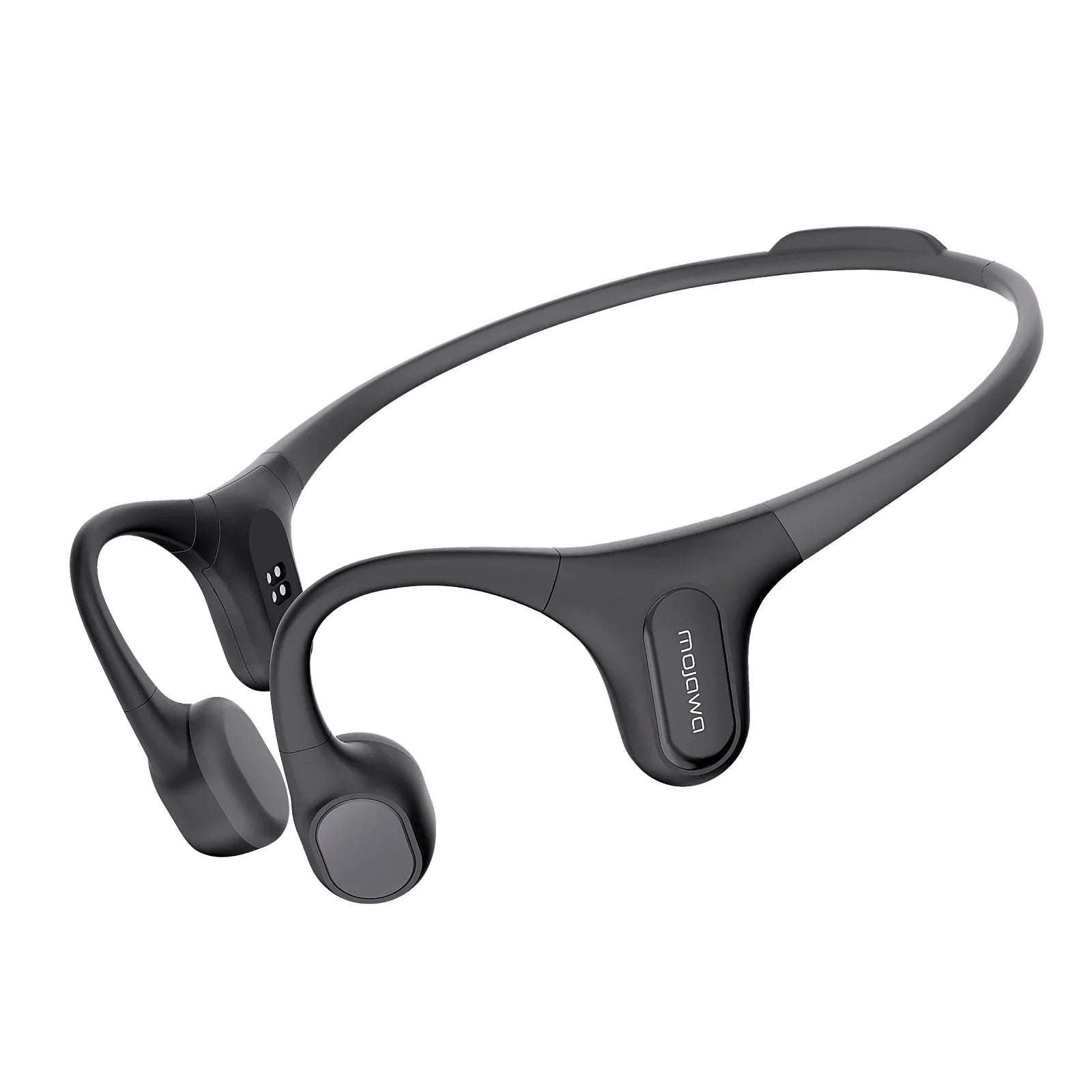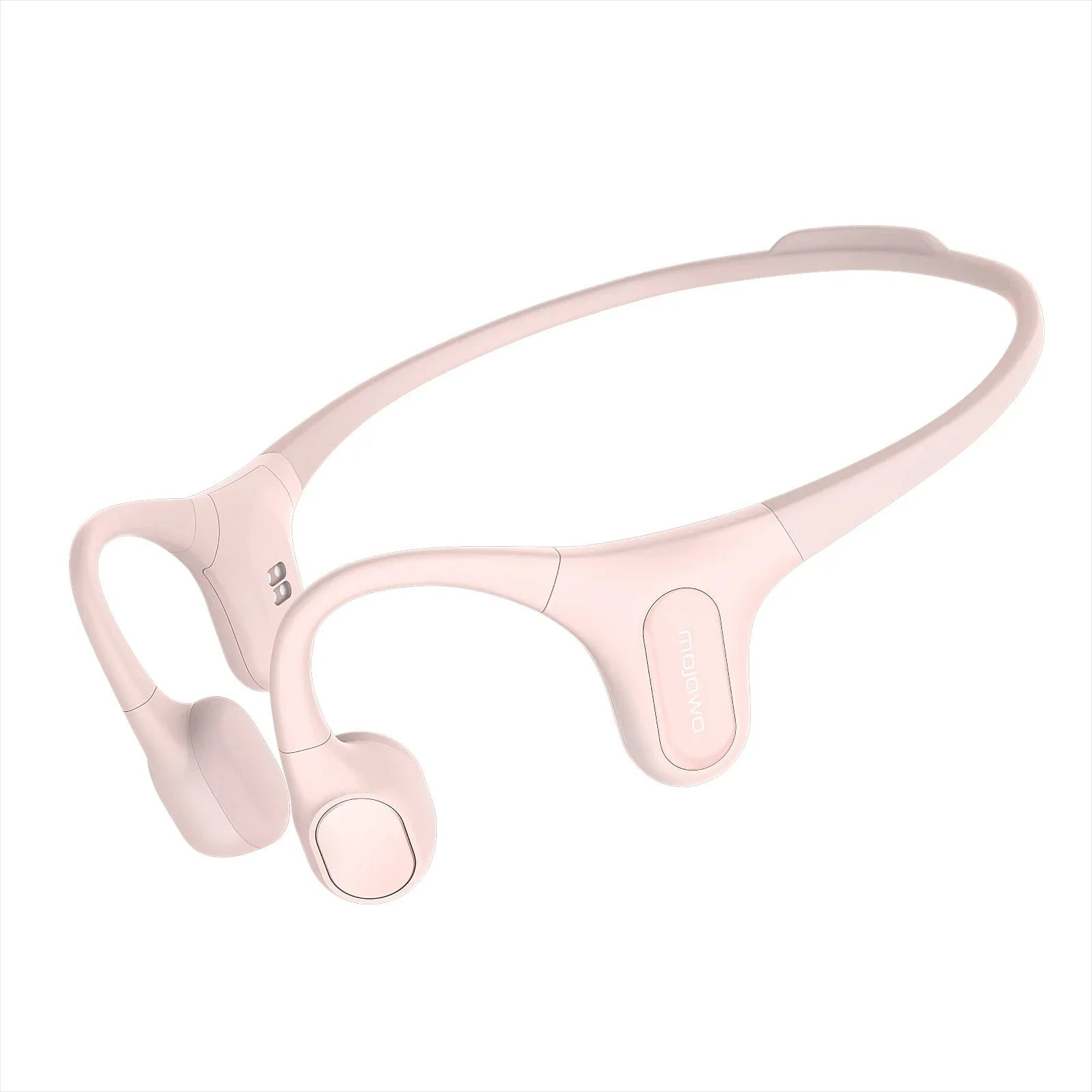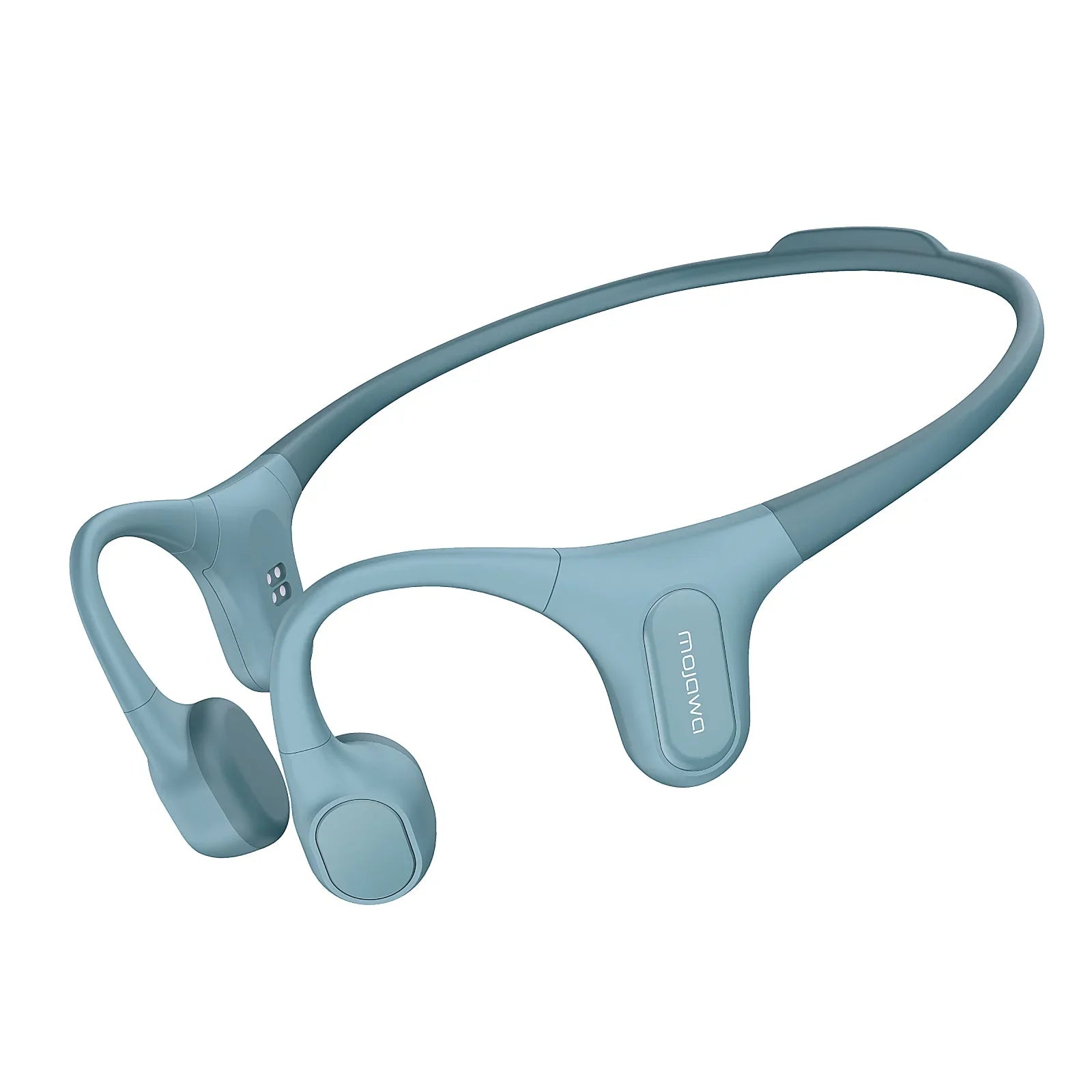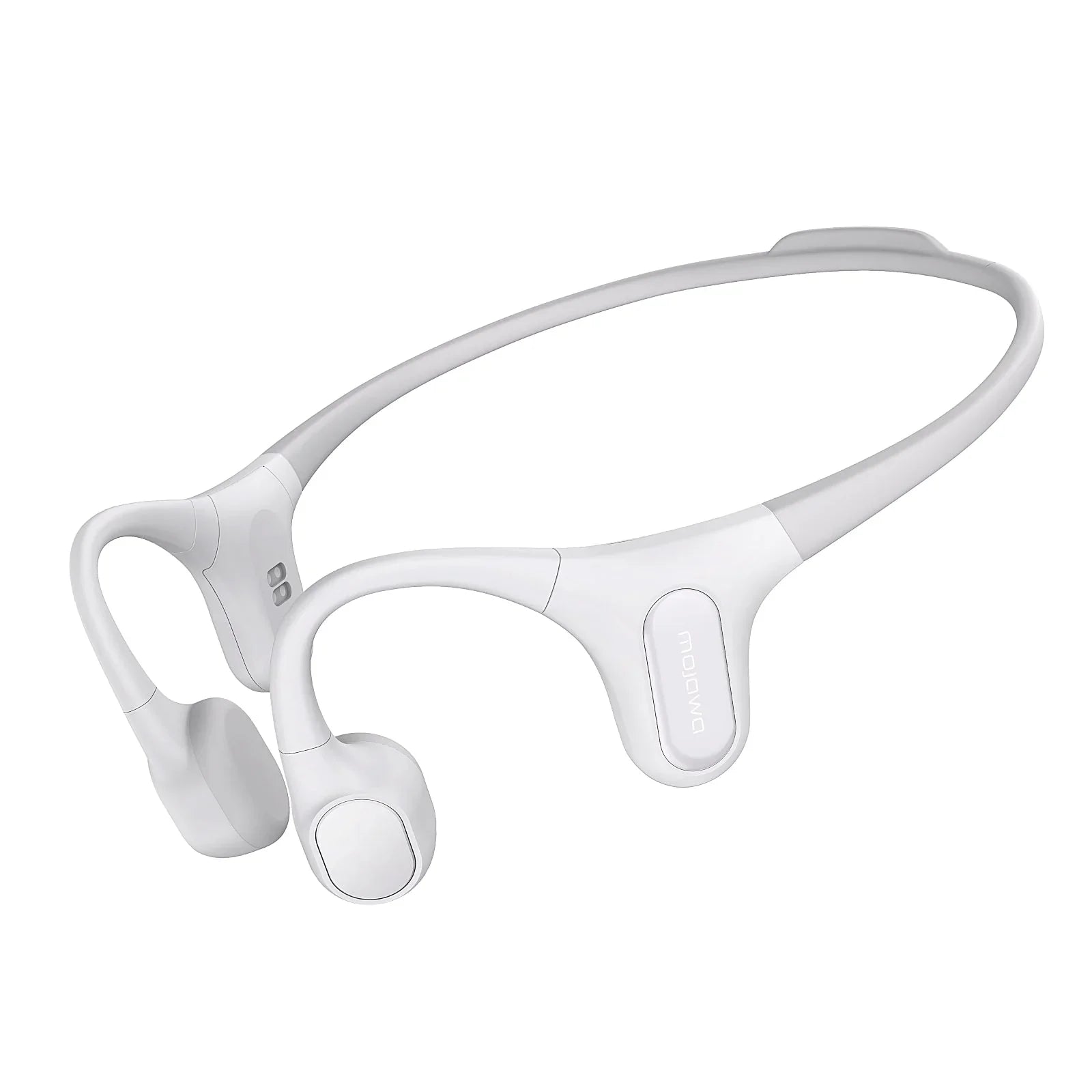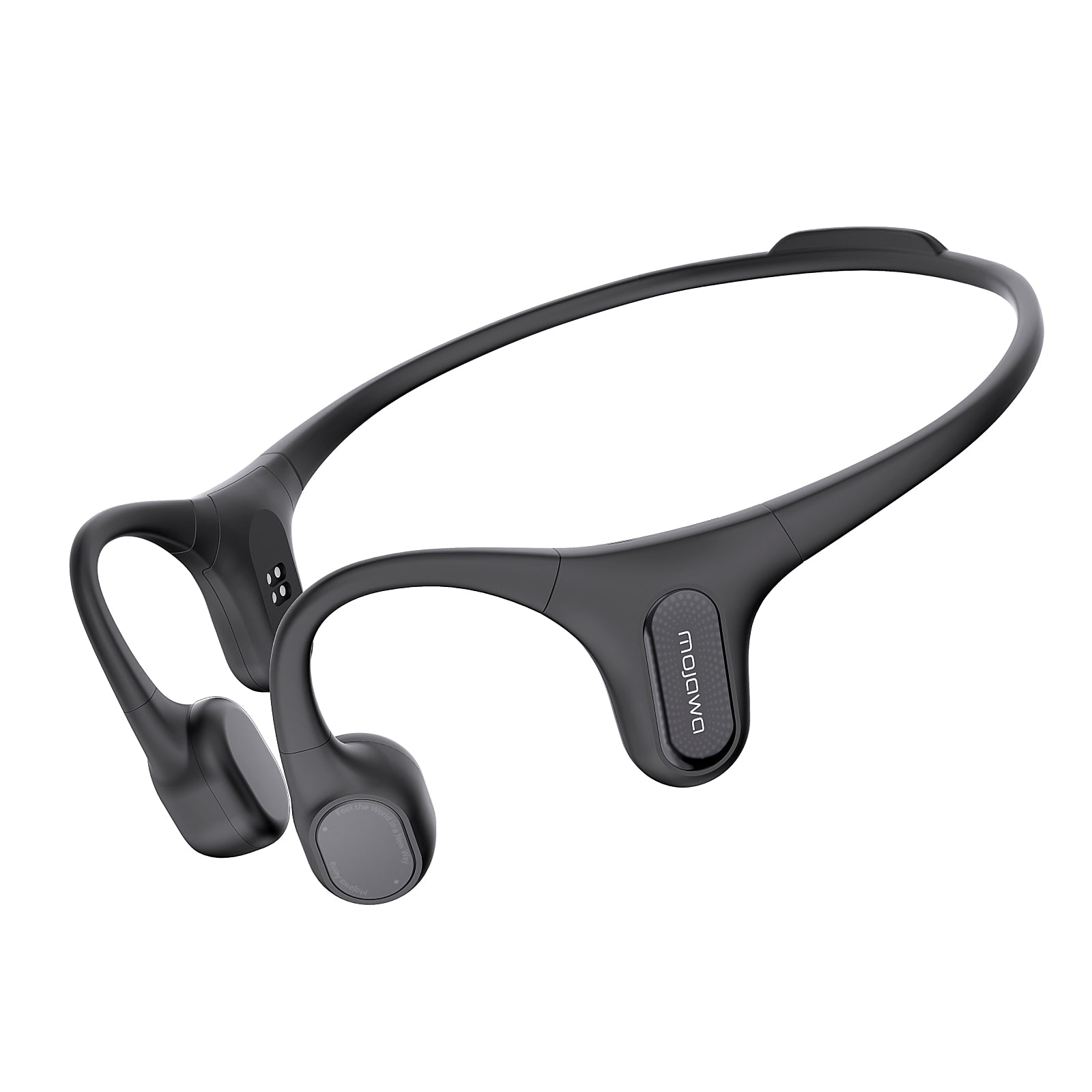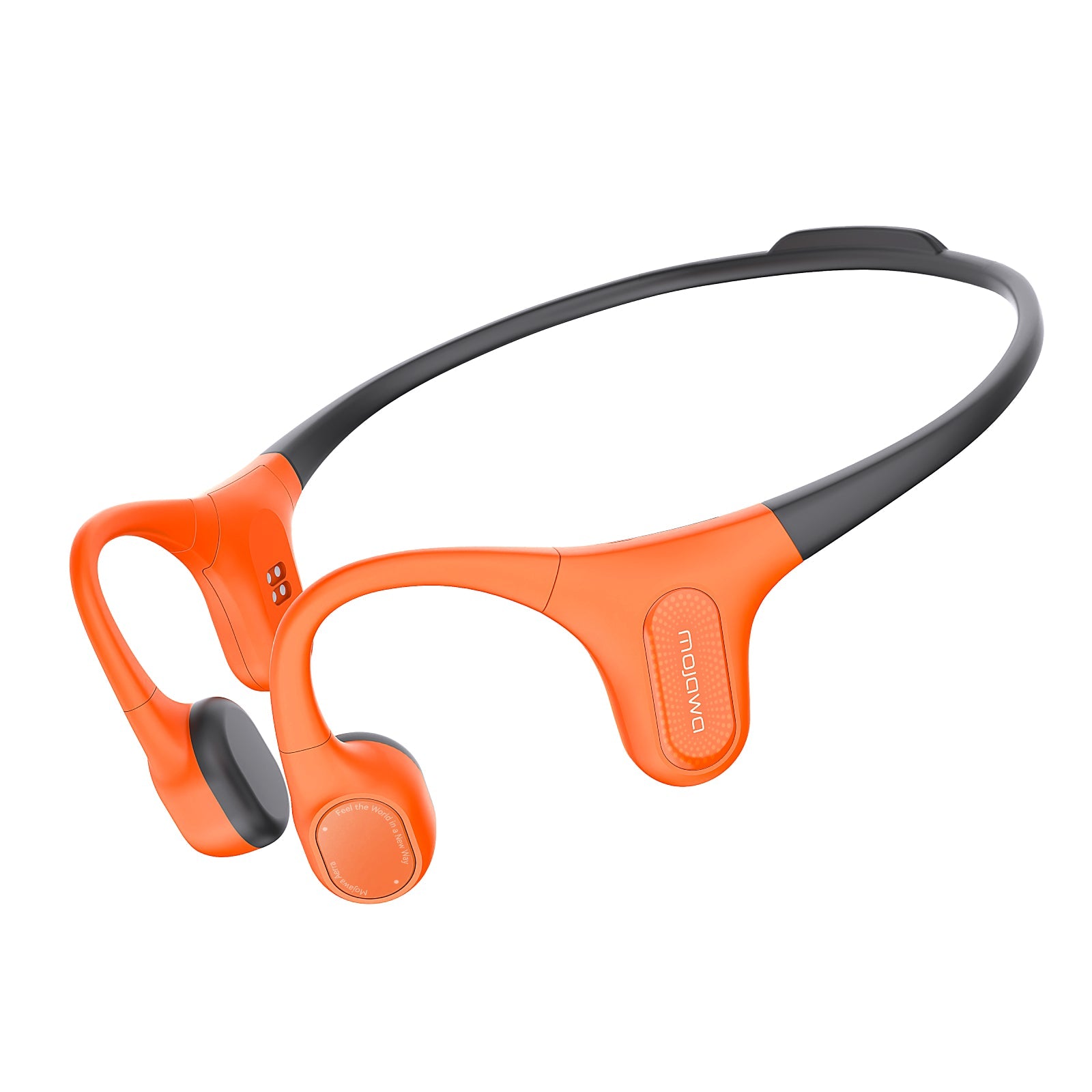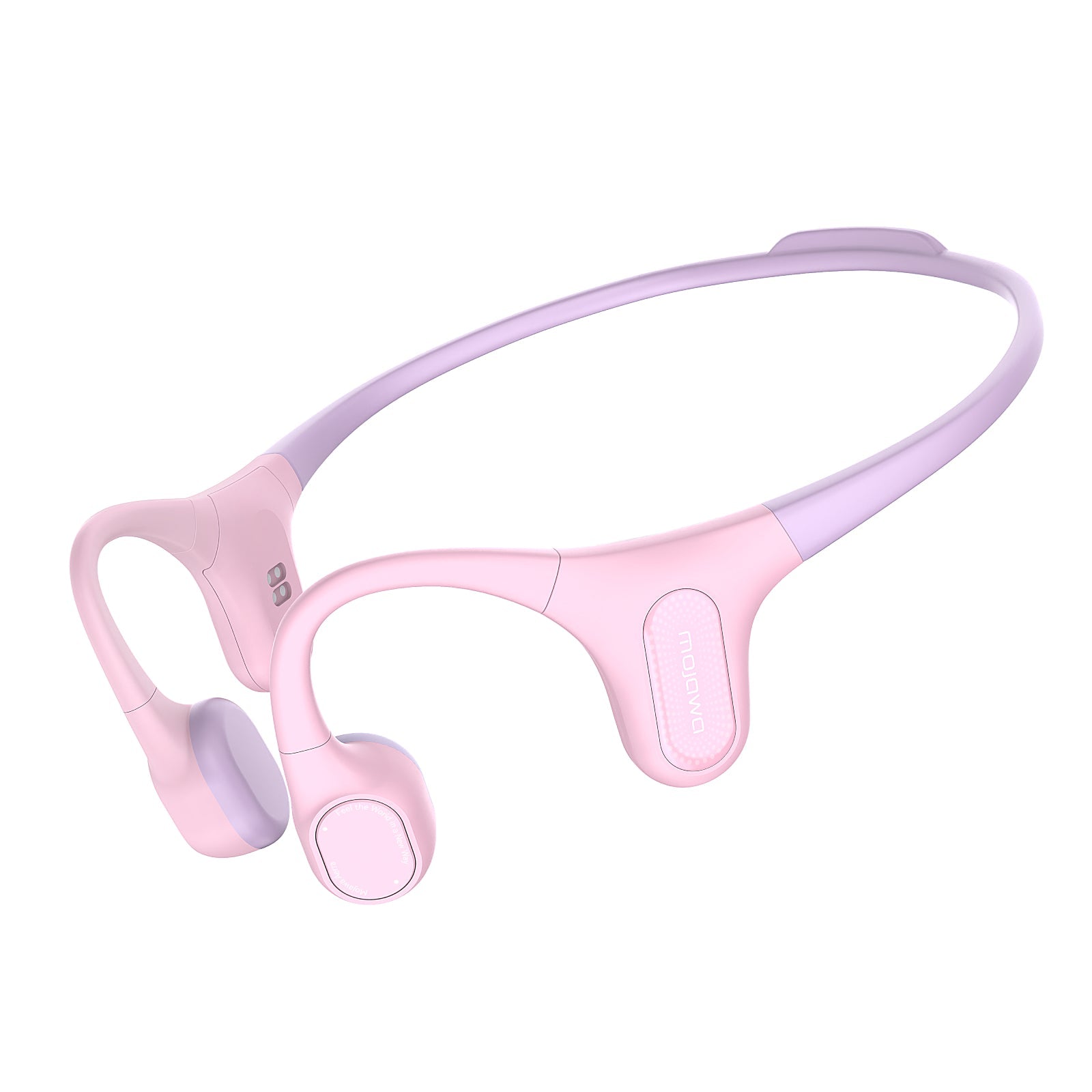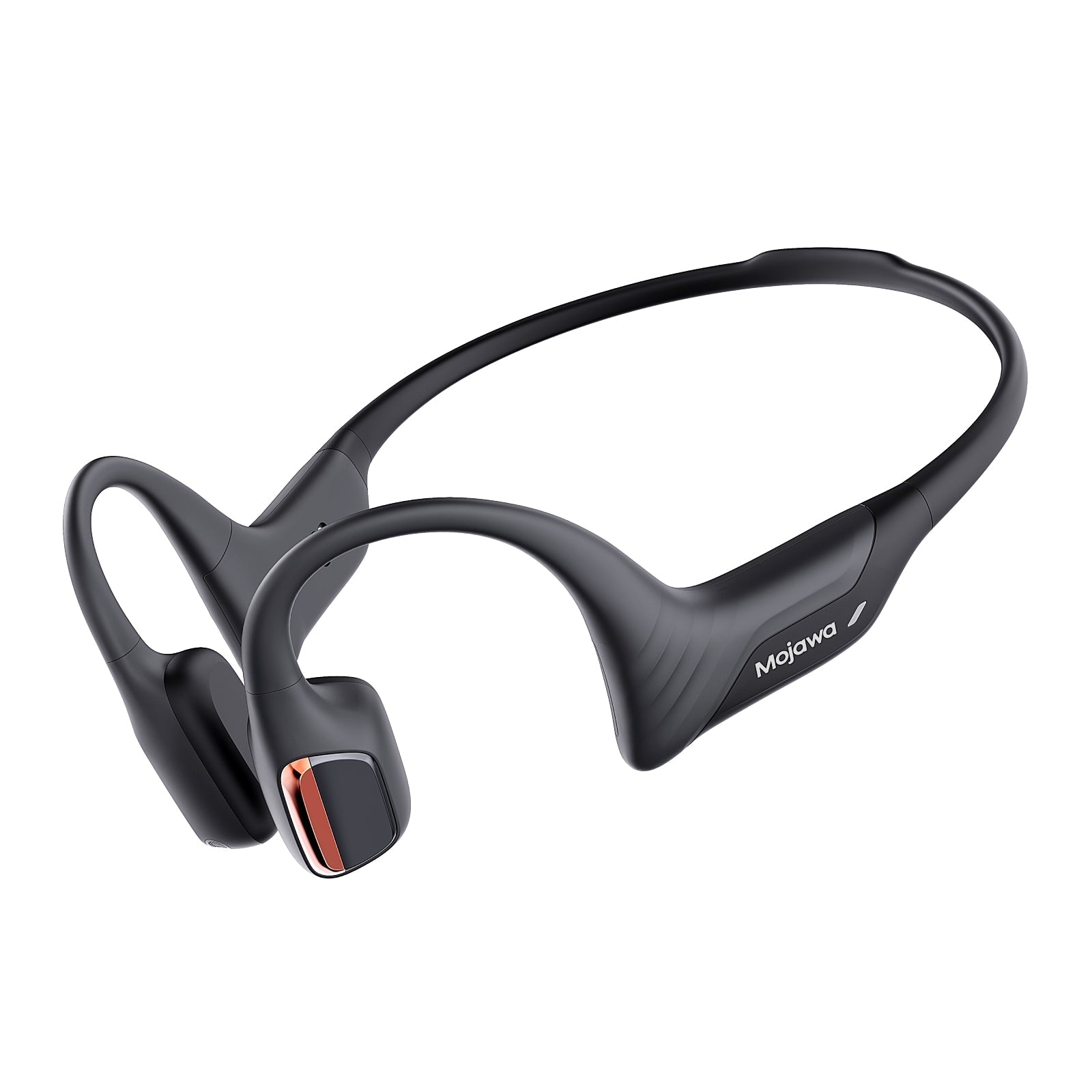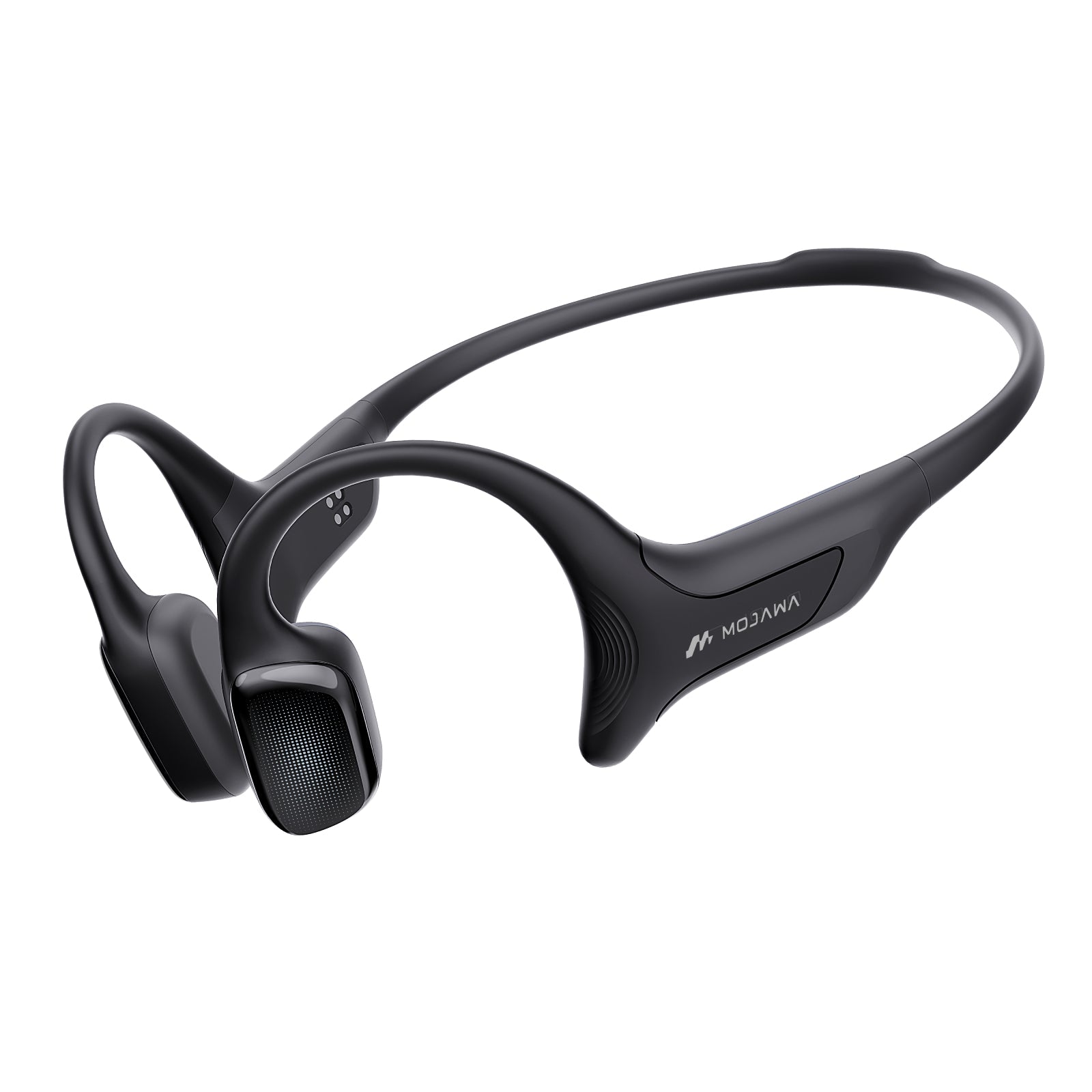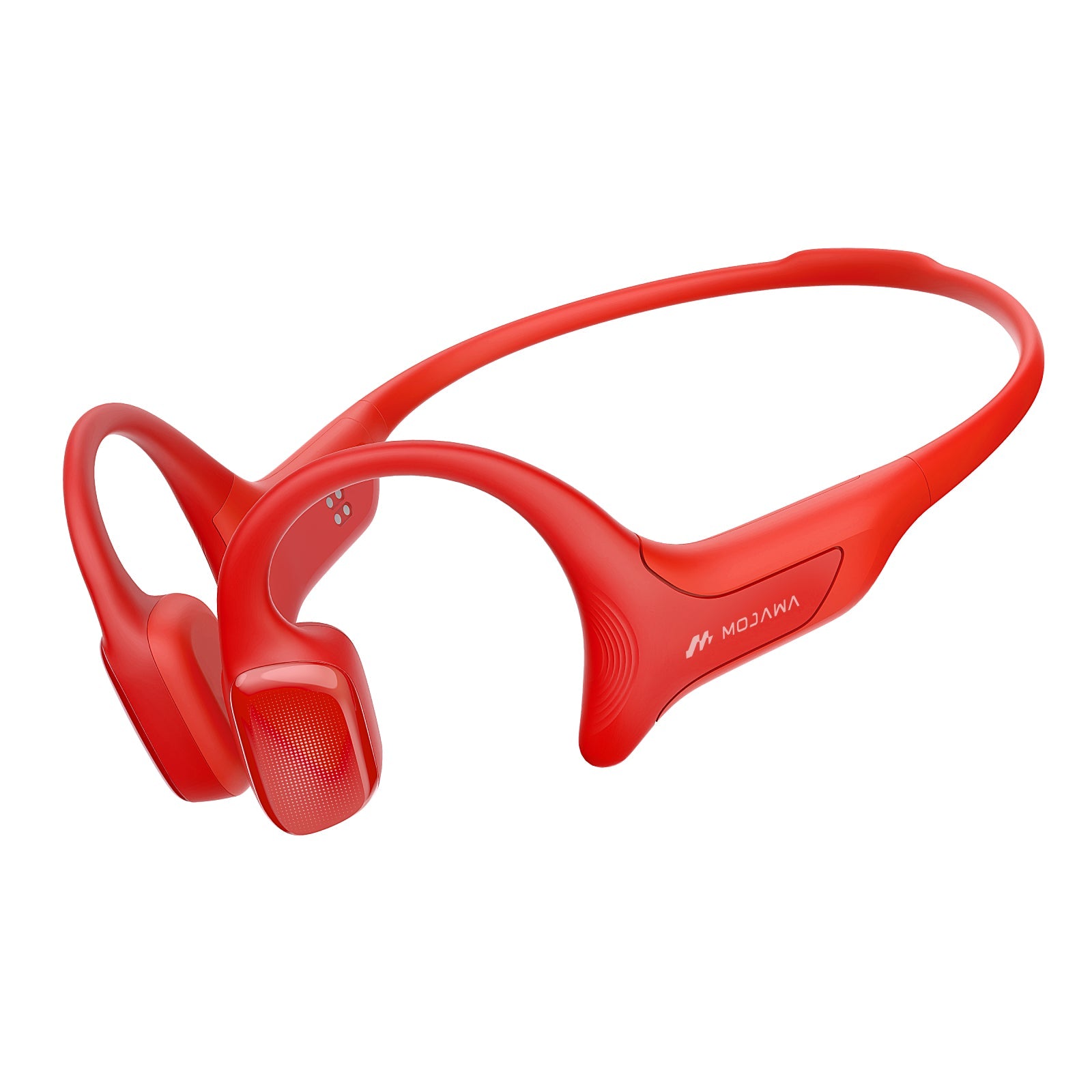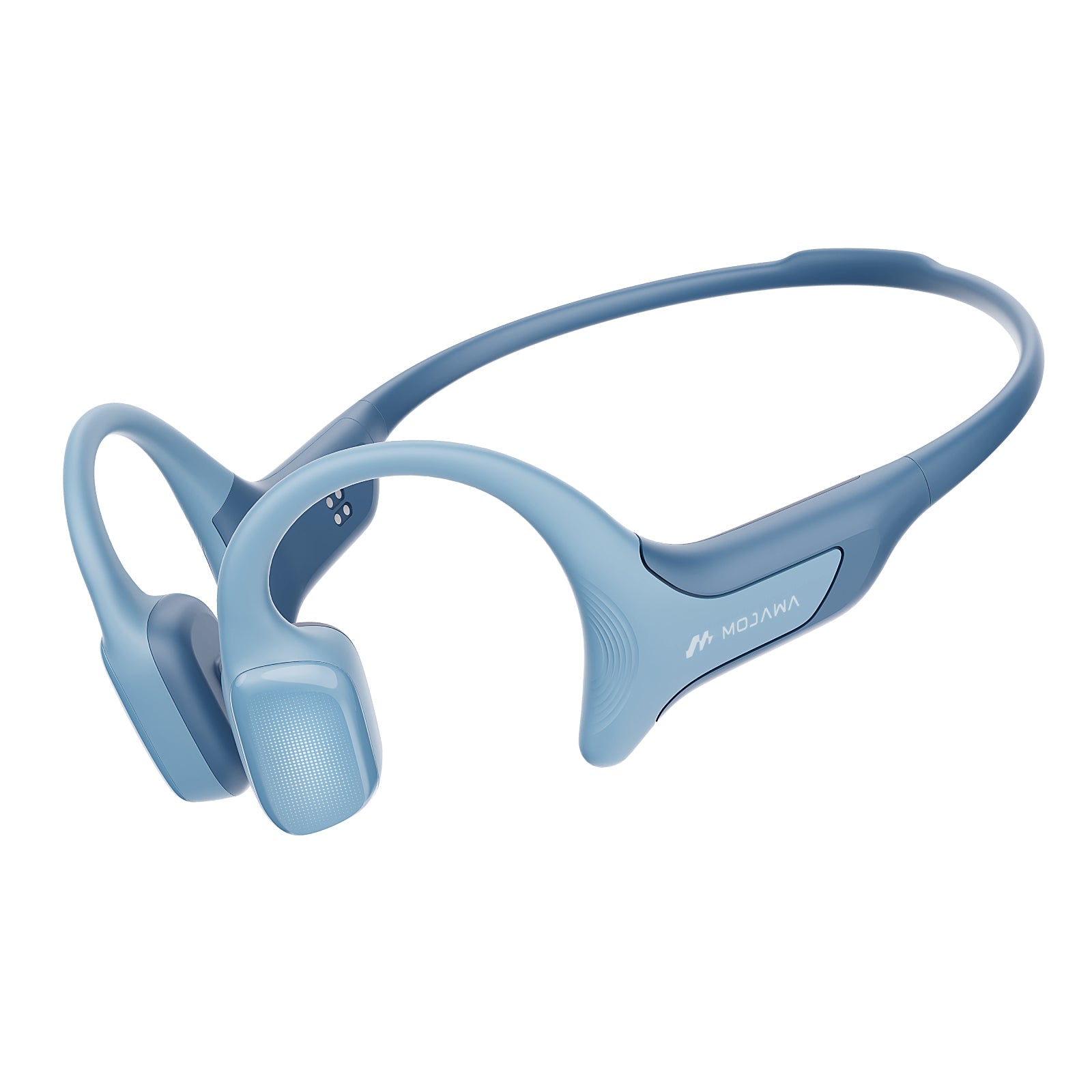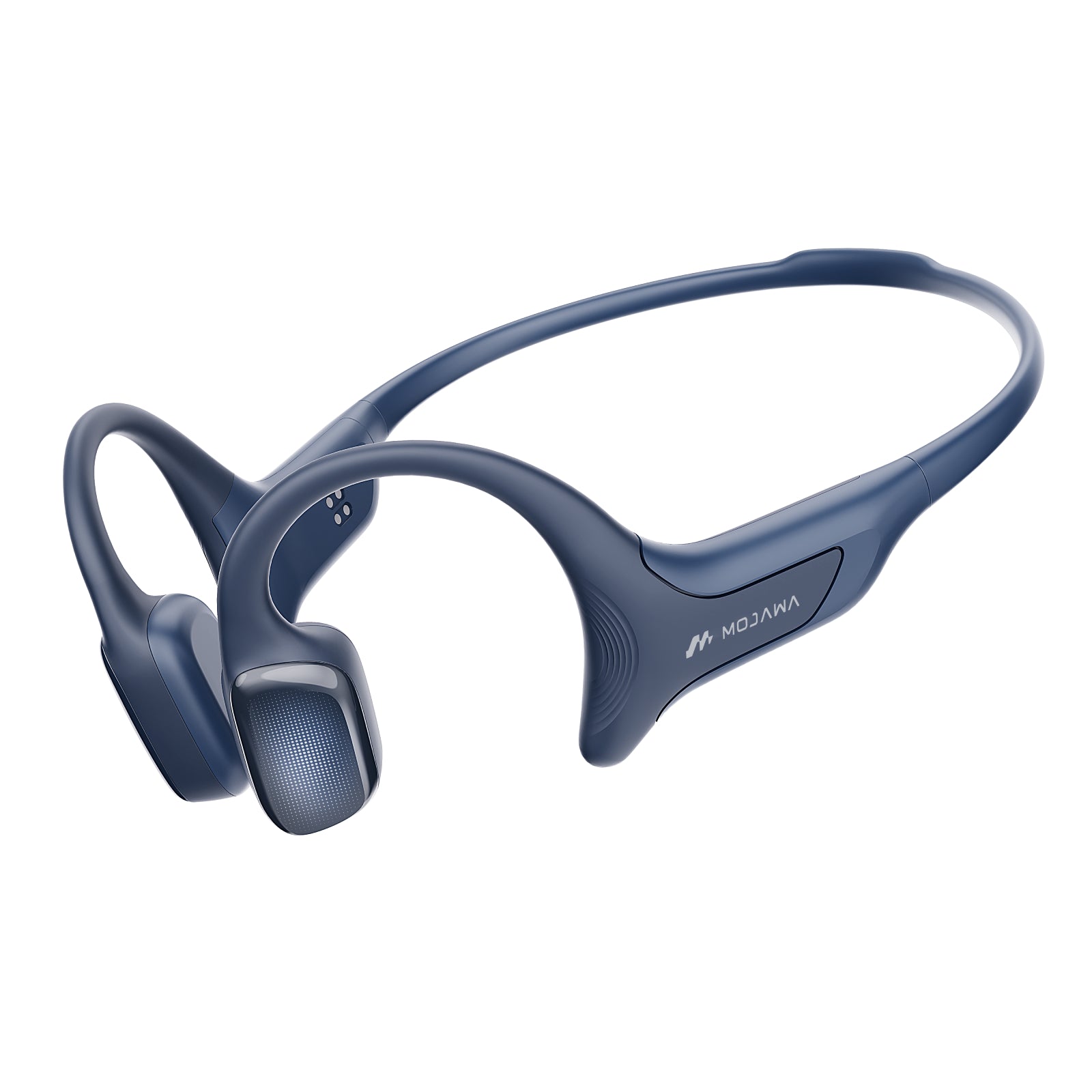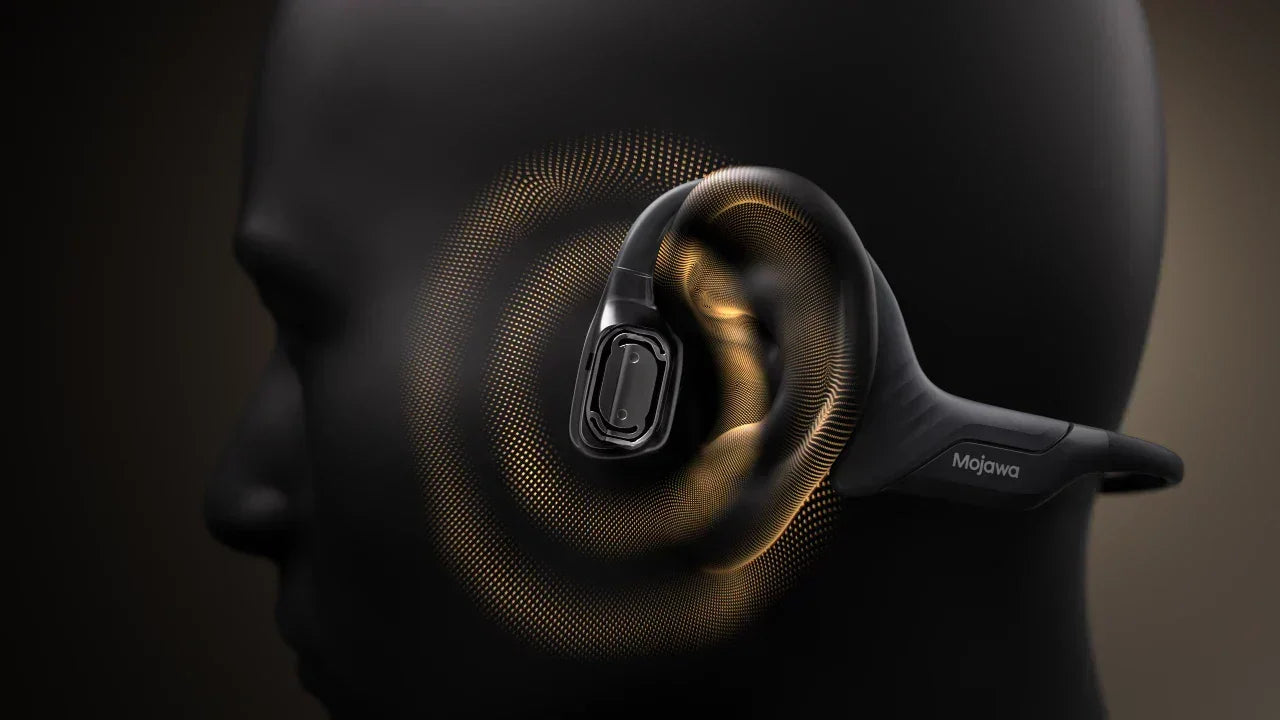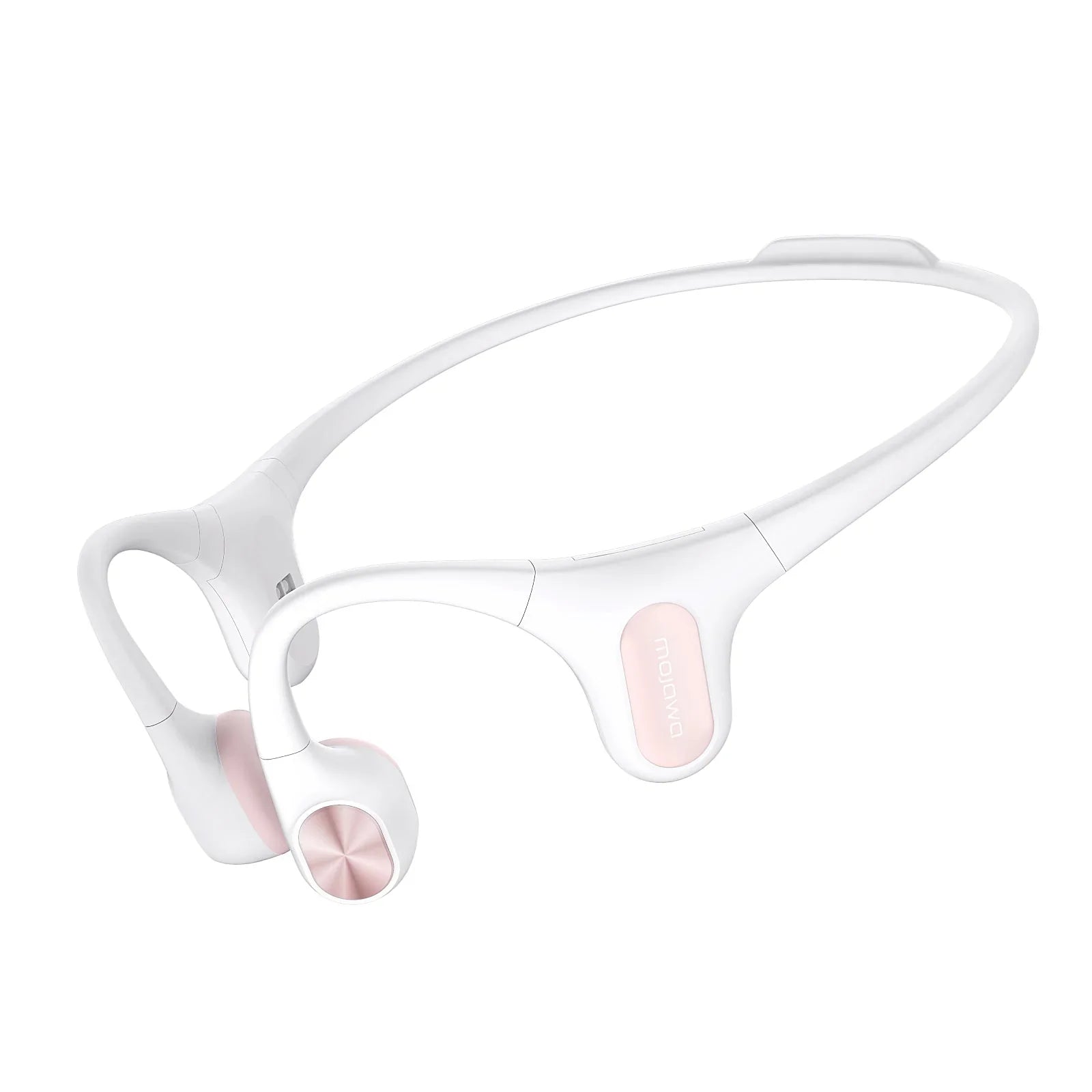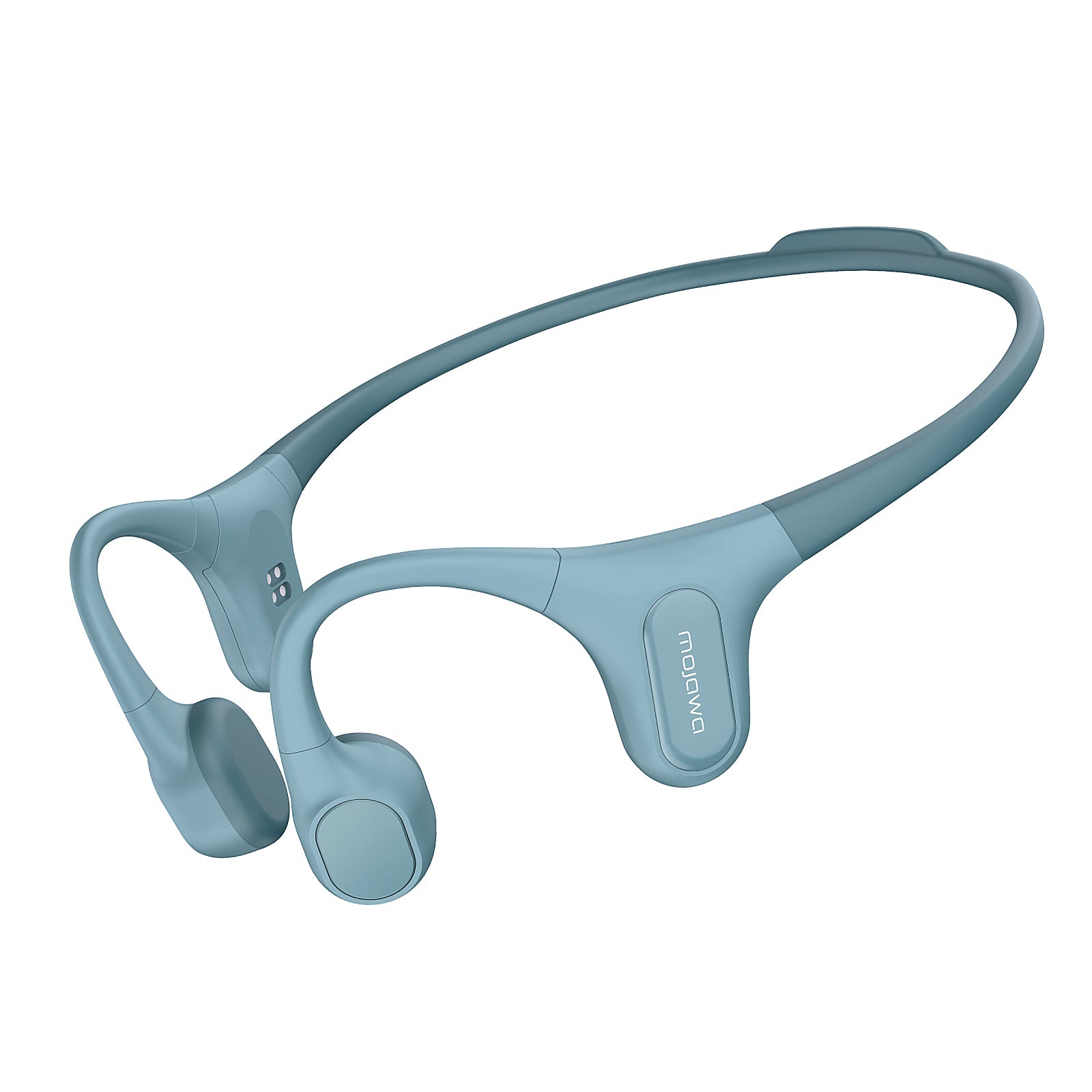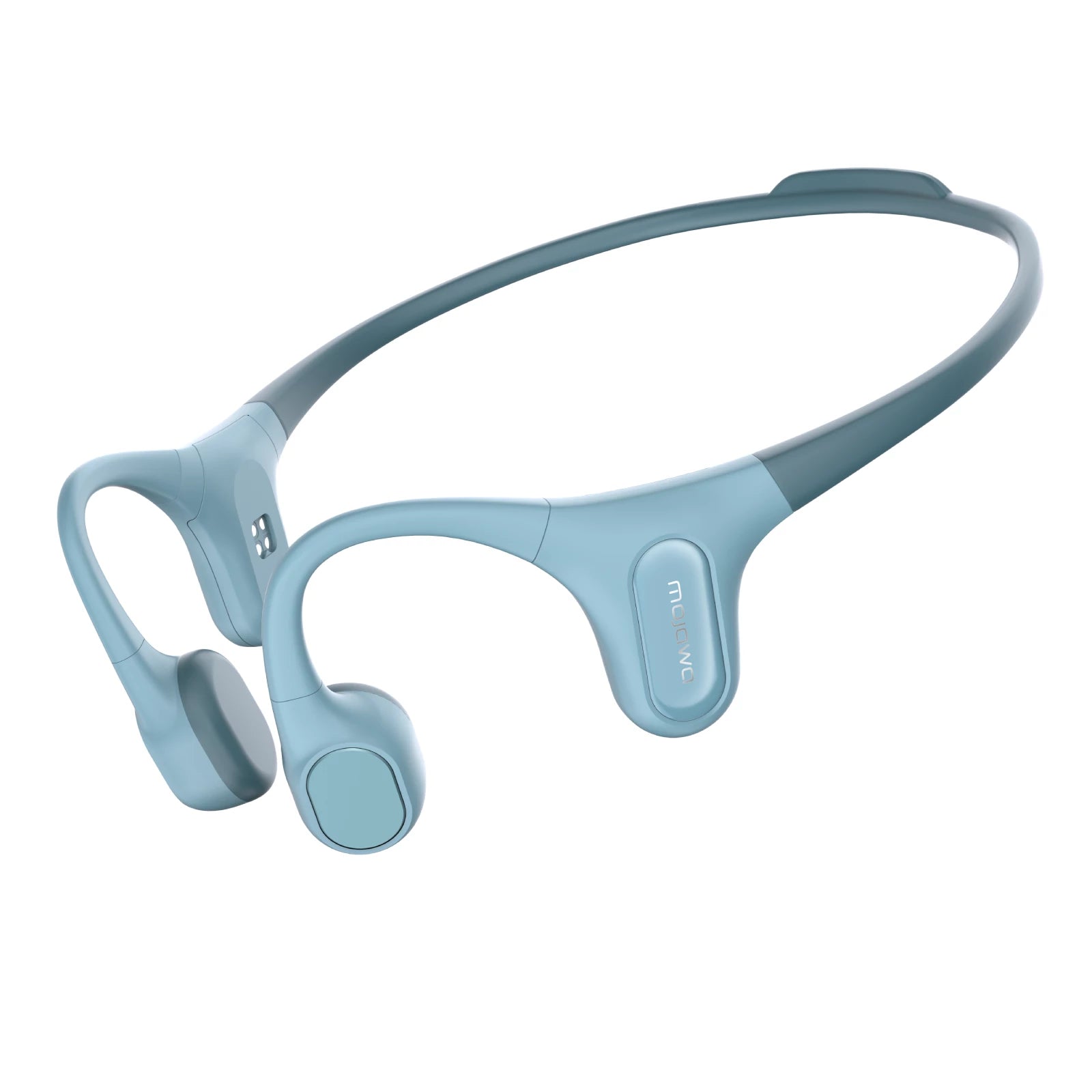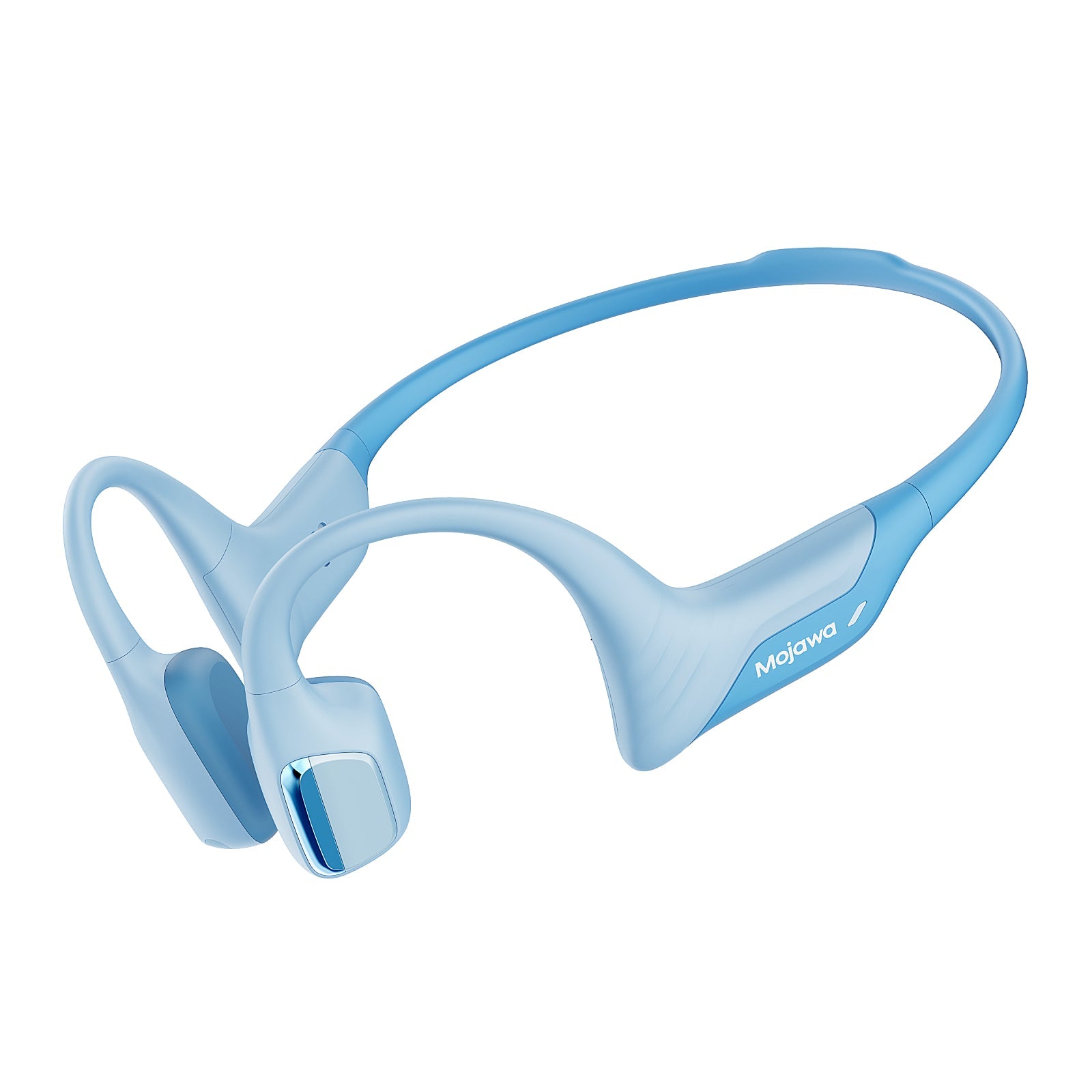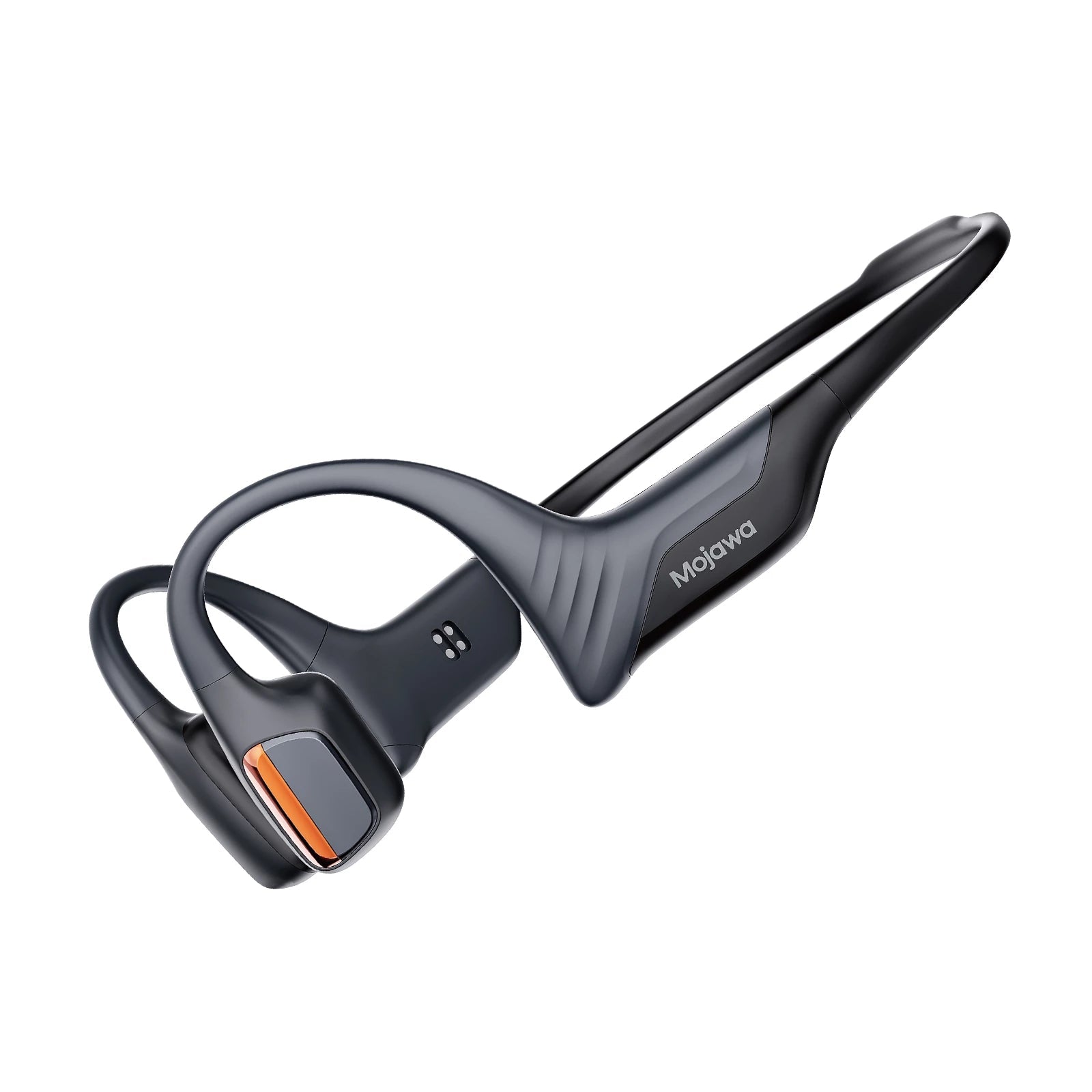Quick Answer:
- Real bone conduction headphones have distinct cheekbone contact points housing the transducers.
- You should still be able to hear audio with your ears plugged in when wearing true bone conduction headphones.
- Look for mentions of cheekbone or bone conduction transducers in the product details.
- Sound quality decreases when lifting bone conduction headphones off the skin and losing contact.
- Sports, situational awareness, and active lifestyles are commonly highlighted benefits in bone conduction marketing.
Introduction
Bone conduction headphones are a unique type of audio device that transmits sound to the inner ear through vibrations in the skull, bypassing the eardrum altogether. This allows the user to listen to music or make calls without blocking their ears, making bone conduction headphones ideal for athletes, people with hearing impairments, or anyone who wants ambient awareness while listening to audio.

But with bone conduction technology getting more popular, more brands are releasing their own versions of bone conduction headphones. This begs the question - How can you tell if a pair of headphones marketed as “bone conduction” actually uses true bone conduction technology to transmit sound? Here are 5 ways to identify true bone conduction headphones:
What Are True Bone Conduction Headphones?
True bone conduction headphones are characterized by their use of vibrational transducers, open-ear design, and the ability to transmit sound directly to the cochlea through vibrations. These features distinguish them from traditional headphones and from fake or imitation products that may claim to offer bone conduction but do not meet these criteria.
Are There Fake Bone Conduction Headphones?
Yes, the market does contain fake or imitation bone conduction headphones. These products often claim to use bone conduction technology but actually rely on standard audio drivers that produce sound through the air, not through bone conduction. These knock-offs usually lack the specialized vibrational transducers that are essential for authentic bone conduction technology.

Fake bone conduction headphones often fall short in performance, offering poor audio quality and lacking the open-ear design that allows for environmental awareness—a key feature of genuine bone conduction headphones. They may also come with misleading marketing terms and significantly lower price points to attract buyers.
5 Ways to Identify True Bone Conduction Headphones
1. Check for Contact Points That Press Against The Cheekbones
True bone conduction headphones will have obvious contact points, usually made of rubber or silicon, that are designed to press against the cheekbones in front of the ears. These contact points typically have a curved shape to properly fit the cheekbone contour. They house the bone conduction transducers that convert audio signals into vibrations.
Without these distinct contact points pressing into the cheekbone area, the sound is unlikely to be transmitted effectively through bone conduction. Look closely at product photos and descriptions to ensure the headphones have obvious cheekbone contact points. Try them on yourself in person, if possible, to see how they fit on your face. Contact should feel snug yet comfortable, allowing the vibrations to transfer cleanly to your cheekbone. If the fit feels loose or there is no cheekbone contact at all, be wary of false marketing.
2. See If You Can Hear Audio With Ears Plugged
A quick way to test for true bone conduction is to try on the headphones and play audio while plugging your ears with your fingers. Also, try covering the headphones with your hands to block air conduction.
Since bone conduction bypasses the outer and middle ear by vibrating sound directly into the inner ear, you should still be able to hear the audio clearly with ears plugged when wearing true bone conduction headphones.
There may be some mutedness to the sound, but the audio should still be audible if bone conduction is actually at work. If the headphones use regular air conduction instead, all audio will become completely inaudible with ears plugged.
Be sure to seal your ear canals tightly with your fingers when conducting this test. Have a friend also tests by plugging your ears for you since your own plugging may not block sound effectively. Try playing music with heavy bass since lower frequencies transfer better through bone conduction. If you cannot hear anything, then functional bone conduction is doubtful.
3. Look for Mentions of Transducers That Contact The Face
For bone conduction headphones to work, they must have transducers that convert electrical audio signals into mechanical vibrations. On real bone conduction headphones, these transducers are housed in the contact points that press against the cheekbones.
So, quality bone conduction headphones should mention these transducers in product descriptions and specifications. Phrases like “cheekbone transducers” or “bone conduction transducers” are good signs. Details on the transducer drivers, like size, impedance, frequency response, and distortion ratings, indicate advanced bone conduction engineering. If transducer specs aren’t mentioned at all, it may indicate standard headphones falsely marketed as bone conduction.
Email the manufacturer directly if transducer details aren’t available on the product page. Ask specific questions about the transducers used, where they are located, and how they deliver bone conduction. Legitimate companies will provide detailed responses, while vague answers are red flags.
4. Check If Sound Quality Decreases When Not Pressing Into The Skin
Bone conduction requires direct contact with the skin in order to effectively transfer vibrations to the inner ear. So true bone conduction headphones need to be pressed firmly against the cheekbones to work properly.
You can test this by wearing the headphones regularly, then slightly lifting them off your cheekbones while continuing to play audio. On real bone conduction models, the sound should become significantly quieter, tinnier, and muted when loose contact is made. The vibrations aren’t transferred as well through the air gap.
If sound quality remains unaffected when lifted from the skin, then the headphones are likely using regular air conduction drivers instead of direct bone conduction. Try this test with different music styles and volumes to check that bone conduction contact is always required for optimal sound.
5. Look At What Sports and Activities They Are Marketed for
Since bone conduction headphones don’t cover the whole ear, they are popular for sports and active lifestyles, where situational awareness is important. Running, biking, hiking, swimming, climbing, and water sports are common target activities.
So if headphones claim to be bone conduction but aren’t marketed for sports use cases and lack any sweat resistance or open ear design, they are likely not true bone conduction. Reputable bone conduction brands will always promote exercise, awareness, and mobility as major benefits.
Look for IP water resistance ratings, exercise-focused design features, and safety certifications for use during activity. Bone conduction headphones built for real athletic use will be ruggedized with protected internals. If the marketing focuses solely on casual listening instead, view bone conduction claims skeptically.

Other Indicators to Determine If Bone Headphones Are True Or Not
- Battery life - Since bone conduction headphones don’t require as much power to generate vibrations, they tend to have longer battery life, often over 5 hours of continuous playback. A short battery life of under 3 hours may indicate weaker bone conduction abilities.
- Price - Legitimate bone conduction headphones are typically priced between $50-250 USD due to the specialized drivers required. Super cheap models under $30 are unlikely to have true bone conduction components.Learn more about what to know before buying bone conduction headphones.
- Brand reputation - Research the brand and check for user reviews confirming bone conduction quality. Established brands, like MOJAWA, are known for proven models. Avoid no-name Chinese brands with little reputation.
- Return policy - Buying from a retailer like Amazon gives the option to test and return if not satisfied. Look for return policies of 30 days or longer to properly try out bone conduction capabilities risk-free.
Conclusion
While the technology is still maturing, these tips will help you identify headphones that use legitimate bone conduction to provide a unique listening experience. As more brands enter the market, it’s important to vet claims and test models thoroughly yourself to ensure you get the real bone conduction advantages. Try checking all the indicators like fit, audio blocking tests, transducer details, usage marketing, and brand reputation to ascertain true bone conduction abilities. With these criteria in mind, you’ll be able to experience the game-changing innovation that bone-conduction headphones provide.


